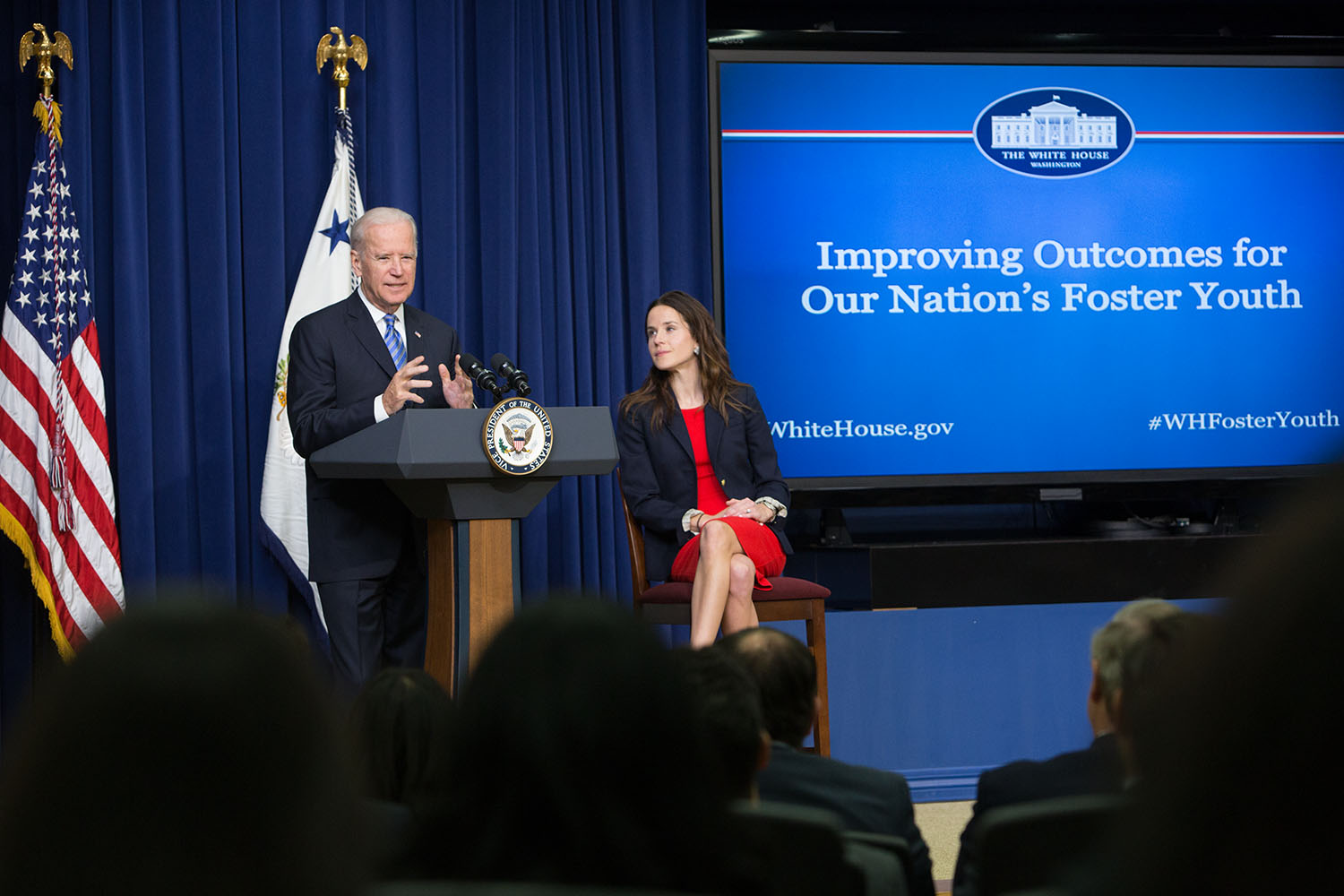Views expressed in opinion columns are the author’s own.
High school seniors all over the country are bracing against the foreboding stress of college application season. This season, 20.4 million students are expected to attend American colleges and universities, a 5.1 million increase since the fall of 2000. At the University of Maryland alone, admissions received nearly 33,000 applications from prospective students across the country.
With this explosive growth in applicants coupled with an increasingly diverse applicant pool, policymakers and educators focus on making education more accessible to marginalized groups of young Americans. A particular marginalized group that continues to remain invisible, however, is the youth within America’s foster care system.
According to Maryland’s Human Services Department, foster care is “a temporary service that provides short-term care and supportive services.” The young individuals placed in this program come from homes of abuse or neglect — homes clearly not conducive to academic success. As of May, there are 4,636 children placed in this state’s foster care system.
[Read more: America’s foster system hurts teenagers]
The foster care system is an achingly temporary fix — if you can call it a fix at all — to the psychological and physical damage these children endure.
Only about half of the children raised in the foster care system make it through high school to graduation. In fact, foster kids drop out of high school at a rate three times higher than low-income students at large. More alarmingly, fewer than 3 percent of those raised in foster care graduate from a four-year college.
Foster kids also struggle with constantly switching schools and homes. Noel Anaya, a junior at Laney College in California, was only a year old when he and his five siblings were taken away from their home. By the time he was 8, Anaya had lived in four foster homes and one shelter in California, before being sent to a family in Michigan and another in Idaho.
On average, foster kids like Anaya change schools at least once or twice a year, and by the time they are too old to remain in the program, more than one-third will have experienced five or more school changes.
These constant moves create devastating cracks in a child’s education. Anaya writes that his multiple jumps from home to home tugged at his morale and discouraged him from learning.
“For a while, I did well in school, but I began to notice serious gaps in my learning from changing schools so often,” Anaya wrote. “I became exhausted by the effort it took just to keep up. I stopped raising my hand in class and just focused on trying to pass.”
These interruptions worsen existing developmental issues. While adults can cope with impermanence by focusing on their developed sense of self, children don’t have the same developed coping mechanisms, leading to compounded stress.
The neglect foster kids face — whether with their foster or biological families — makes it difficult for them to “develop the brain connections that facilitate language and vocabulary development, and therefore may impair communication skills,” according to a journal article in the American Academy of Pediatrics.
And the rare few who make it through college undergo many financial and emotional problems. According to Debra Schilling Wolfe, who heads the University of Pennsylvania’s Field Center for Children’s Policy, Practice and Research, foster youth simply don’t have the same financial and emotional support of their peers.
At this university, there are resources for former foster kids to get the help they need. Students who have aged out of foster care can apply for the Maryland Tuition Waiver for Foster Care Recipients, a financial aid package specific to foster care youth who are enrolled in a Maryland public institution of higher education. The award amount applies to Maryland tuition and fees — a huge help to foster care kids within the state.
Especially in this critical application season, universities across America need to make education more accessible for those who age out of foster care, by offering tuition waivers, scholarships and increased mental-health support. After a lifetime of inequity, neglect and abuse, foster children should be afforded the opportunity to attain a quality education.
Maris Medina is a sophomore journalism major. She can be reached at marismedina29@gmail.com.



